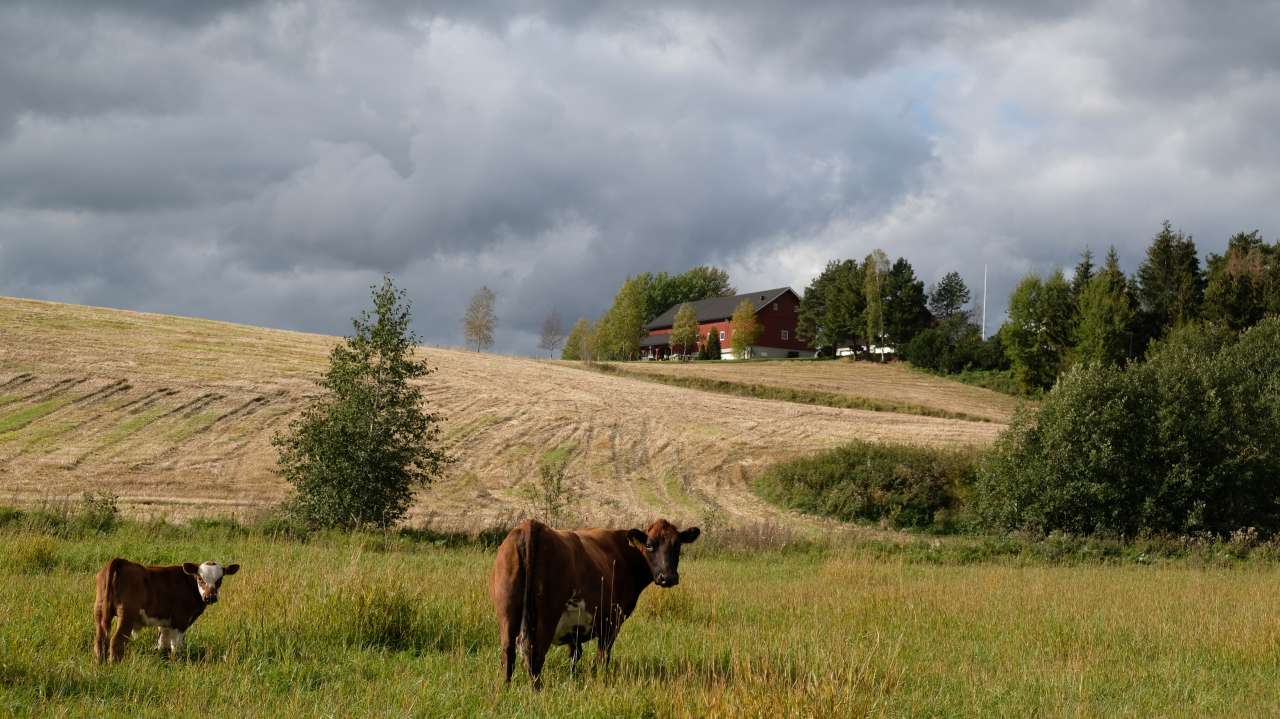Figures show Norwegian self-sufficiency

Photo: Kjersti Kildahl
In 2019, the self-sufficiency ratio, or the amount of domestic food consumption calculated as caloric intake, was 43%. If we exclude fish, the ratio is 42%. Adjusted for imported feed concentrate, it falls to 34%. In the last 10 years, it has varied from 41% to 48%.
These figures originate from the basis prepared by NIBIO for agricultural policy negotiations.
The self-sufficiency is calculated in energy, but protein, kilos or money can also be used. Natural fluctuations in weather and yield affect self-sufficiency.
"Variations in food grain harvests explain a large part of the annual changes in the self-sufficiency," says Lars-Johan Rustad. "For example, the dry year of 2018 had consequences for food and feed production that continued into 2019."
"Grain in the form of flour" represents almost 30% of total energy consumption. Meat represented 13% in 2019, and is the second-largest food product. The self-sufficiency ratio for livestock products is generally high. It is noticeably lower for plant products.
Discussions often use the phrases "self-sufficiency based on Norwegian feed" or "excluding fish." Imported input factors other than feed concentrate are also important. The coronavirus situation of 2020 demonstrated this in terms of foreign labor.
The coverage ratio (SSR) shows how much Norwegian food we could have consumed if exported food from Norway was part of domestic consumption. It is often around 90%, and in 2019 it was 86%. Fish for export represents most of the difference between the self-sufficiency and coverage ratios.
The self-sufficiency and coverage ratio (SSR) tell us little about our self-sufficiency in a crisis. They are not measured on self-sufficiency preparedness or food security.
"In a prolonged crisis situation, many aspects of our current diet and production are likely to change. More plant production would probably focus more on food for humans and less on animal feed," Rustad comments.
Contacts

Contacts

